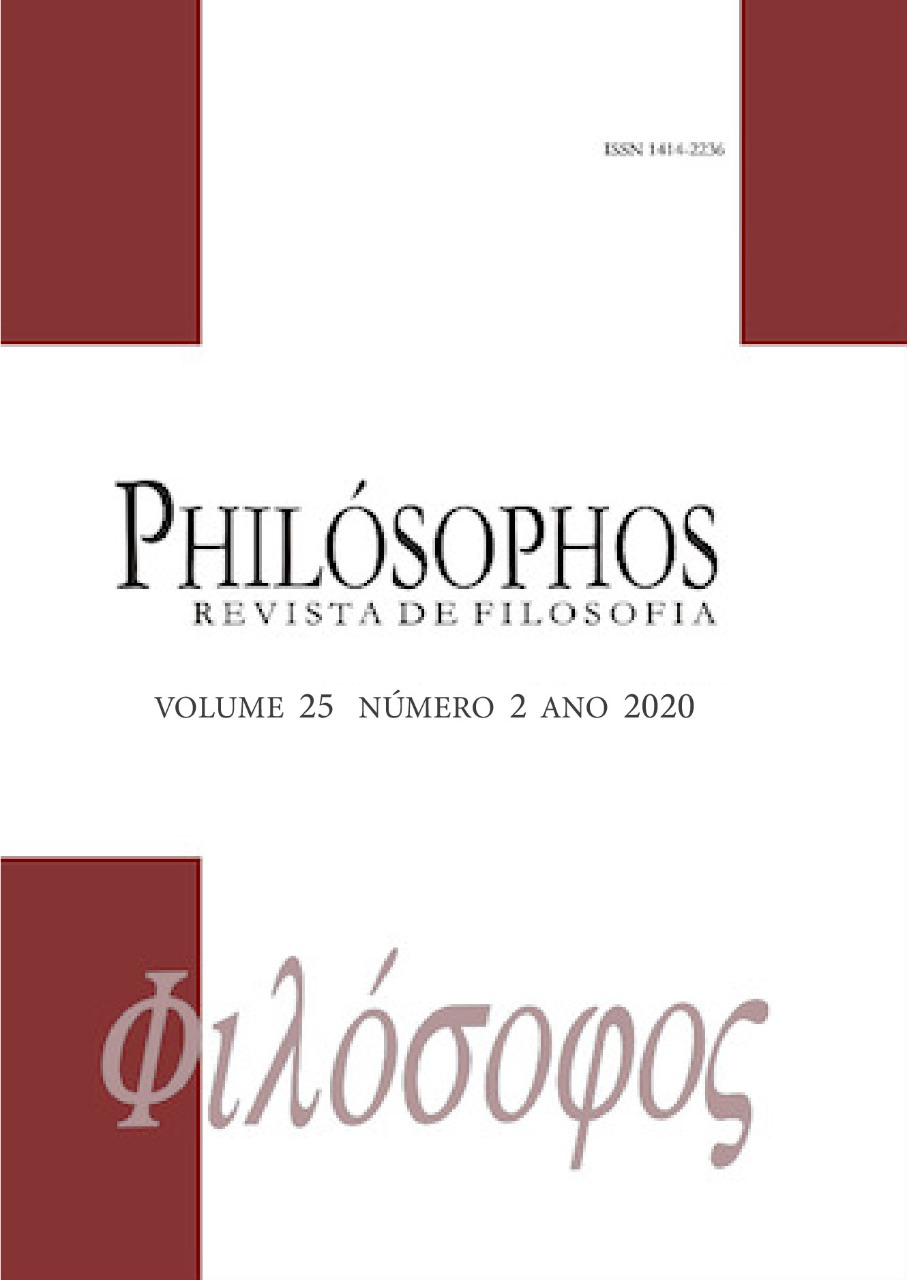From the Schopenhauerian aesthetics to Marcuse's aesthetic dimension:
different possibilities for reflections on the autonomy of art
DOI:
https://doi.org/10.5216/phi.v25i2.65023Abstract
Along the way of works that deal with issues involving the autonomy of art, a category of Aesthetic since modernity, this article aims to develop explanations about two authors, Arthur Schopenhauer (1788–1860) and Herbert Marcuse (1898-1979), who influenced by the aesthetic of Kant, have perspectives that allow reflections on the autonomy of art, although Marcuse positions himself as a critic of the perspective represented by Schopenhauer. In particular, this article will present the aesthetic understanding of the philosopher Arthur Schopenhauer - in the main work of this author, The World as Will and Representation - above all the place of the artistic genius in the work of the German philosopher, as well as presenting the notes of the philosopher Herbert Marcuse in the work The Aesthetic Dimension, from 1977, which summarizes the main issues of the author's aesthetic.
Keywords: Schopenhauer, Marcuse, autonomy of art, aesthetic
Downloads
Downloads
Published
How to Cite
Issue
Section
License
Copyright (c) 2021 Philósophos a journal of philosophy

This work is licensed under a Creative Commons Attribution-NonCommercial-NoDerivatives 4.0 International License.
Authors who publish in this journal agree to the following terms:
- Authors retain copyright and grant the journal right of first publication, with the work simultaneously licensed under a Creative Commons Attribution License that allows others to share the work with an acknowledgement of the work's authorship and initial publication in this journal.
- Authors are authorized to enter into separate, additional contractual arrangements for the non-exclusive distribution of the journal's published version of the work (e.g., publishing in an institutional repository or as a book chapter), with an acknowledgement of its authorship and initial publication in this journal.















